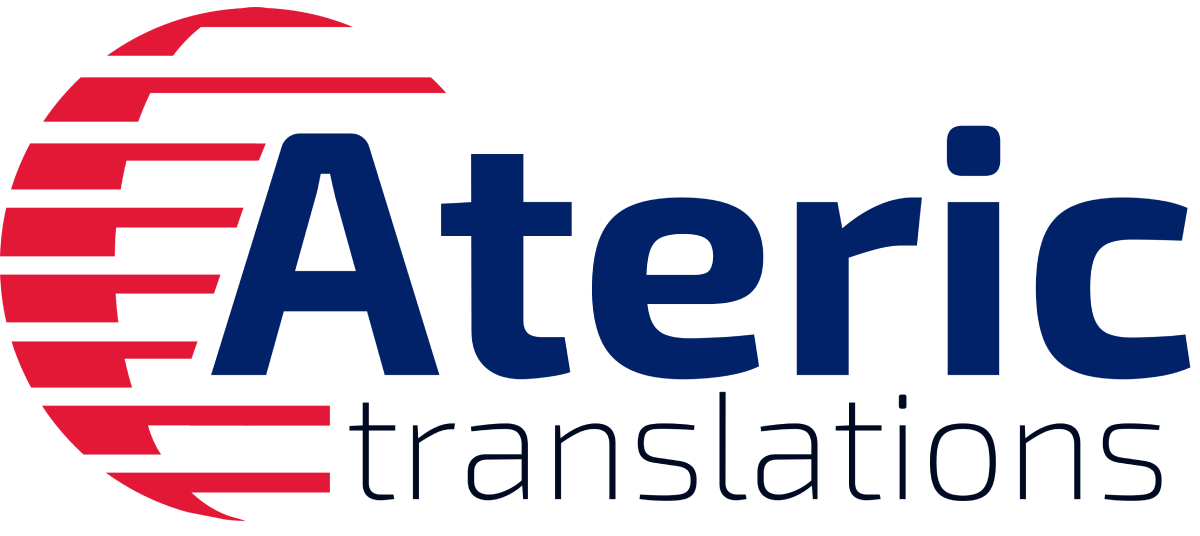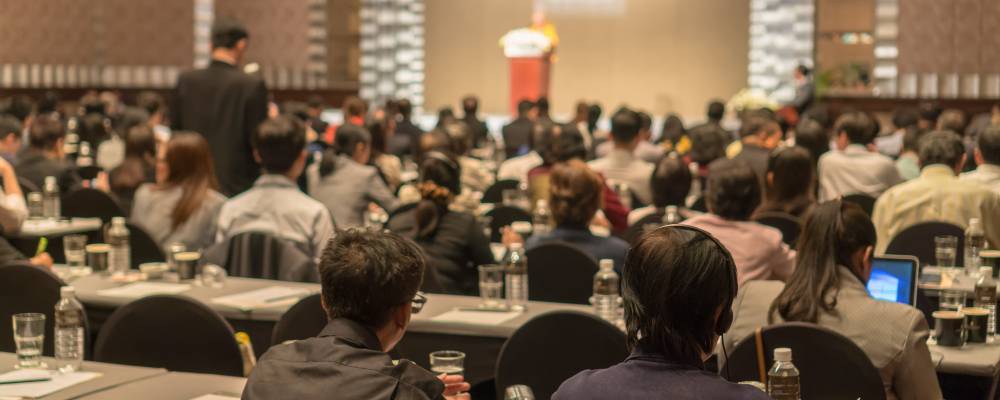
Did you know that more than 1.5 billion people, nearly 20% of the world’s population, live with some degree of hearing loss, and 430 million of them have disabling hearing loss? According to the World Federation of the Deaf, there are over 70 million people who are deaf globally, using more than 300 different sign languages to communicate and connect with the world around them. Sign language is much more than hand movements. It’s a vibrant, expressive language with its grammar and culture.
The call for inclusivity is louder than ever. Integrating sign language into meetings isn’t just a nice gesture; it’s a powerful way to create truly inclusive environments for every individual.
The importance of sign language for inclusion and its challenges
Sign language is not just a means of communication. It is a vital part of deaf culture and identity, and a cornerstone for inclusion in education, healthcare, business, and public life. In meetings, sign language interpreters ensure that Deaf and hard-of-hearing delegates can fully engage, contribute ideas, and collaborate with everyone.
Despite the existence of over 300 sign languages, only 41 countries officially recognize sign language, with just four in Africa: South Africa, Uganda, Zimbabwe, and Kenya. This limited recognition means that many Deaf individuals still face barriers to education, employment, and social participation. The lack of sign language support can lead to misunderstandings, missed opportunities, and exclusion from important decisions.
When sign language is recognized and promoted, it helps build a more inclusive society where everyone, regardless of hearing ability, can access education, employment, healthcare, and political processes equally. This is especially important for marginalized groups such as women and girls with hearing impairments, who often face compound barriers. Integrating sign language into everyday life and institutions aligns with the Sustainable Development Goals (SDGs), fostering gender equity and social inclusion.
Technology and Innovation for Inclusive Meetings
Advancements in technology are helping bridge the gaps. For example, Microsoft Teams is rolling out a Sign Language Mode that visually distinguishes interpreters and gives sign language users equal prominence during meetings. This makes it easier for Deaf and hard-of-hearing participants to stay engaged and contribute. Integrated closed captioning, video relay services, and AI-driven translation tools are also making meetings more accessible than ever before.
Practical steps to inclusive meetings
- Invite a professional sign language interpreter to meetings, especially when you know Deaf or hard-of-hearing participants will attend.
- Use technology that supports sign language visibility, such as video conferencing platforms with dedicated interpreter views.
- Share materials in advance so everyone can prepare, regardless of their communication needs.
- Encourage a supportive meeting culture where people speak clearly and one at a time, making it easier for interpreters and all participants to follow.
The role of Ateric Translations
At Ateric Translations, we are committed to breaking down communication barriers and creating truly inclusive environments. As a leading Language Service Provider, we offer expert sign language interpreting services for meetings, conferences, and events. Our team combines linguistic expertise and cultural understanding to ensure that Deaf and hard-of-hearing participants are fully included, whether in-person or online.
Conclusion
With more than 1.5 billion people globally experiencing hearing loss, making meetings accessible through sign language is not just a courtesy. It’s a necessity for true inclusion. By partnering with providers like Ateric Translations and leveraging new technologies, organizations can ensure that every meeting is a space where everyone is seen, heard, and valued.
-
Previous Post
THE IMPORTANCE OF QUALITY CONTROL IN TRANSLATION




